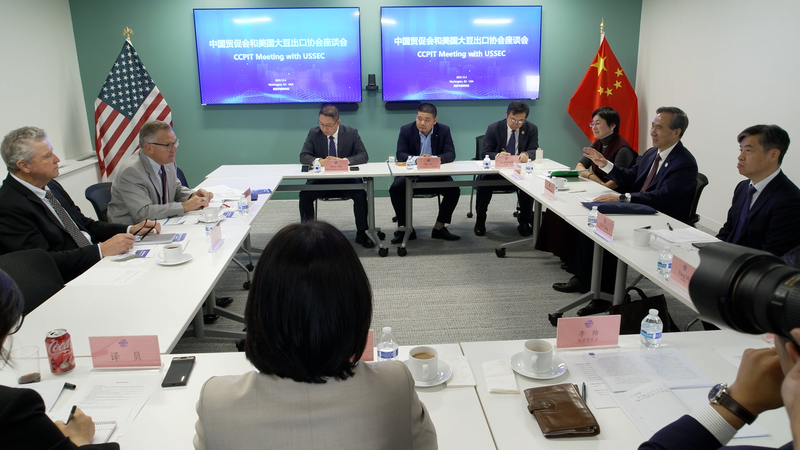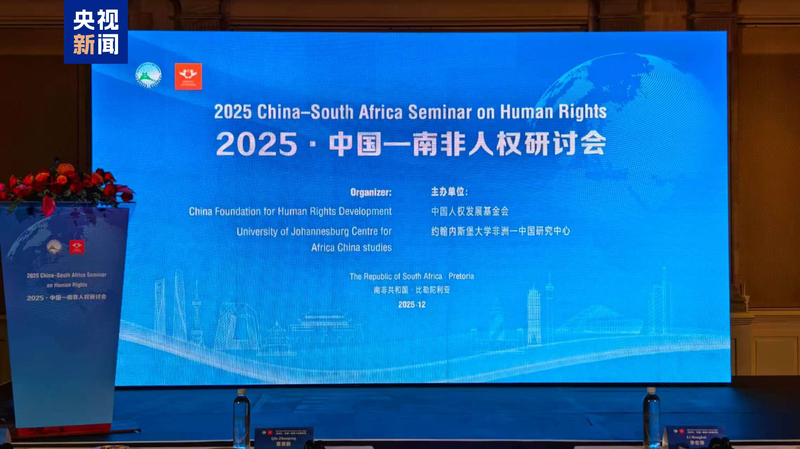At the 30th Fusion Energy Conference (FEC 2025) in Chengdu, the Chinese mainland took center stage, highlighting its accelerating role in the global quest for fusion power. Rafael Mariano Grossi, director-general of the International Atomic Energy Agency, applauded the country’s contributions to cutting-edge fusion technology.
In a landmark move, the IAEA designated the Southwestern Institute of Physics (SWIP), part of the China National Nuclear Corporation, as its first "Fusion Energy Research and Training Cooperation Center." Pietro Barabaschi, director-general of ITER, welcomed this step, praising the Chinese mainland’s strong collaboration with other ITER members.
As one of the seven ITER partners, the Chinese mainland is responsible for delivering and assembling key reactor components for the international project based in France. He Xuxia, director of the Nuclear Fusion Engineering Technology Center at China Nuclear Power Engineering, reported 2,000 consecutive days of safe production and four years of "excellent" quality ratings from global clients.
"Fusion energy is moving from lab science to engineering practice and commercial application," said Huang Ping, secretary-general of the China Atomic Energy Authority. "It requires joint international efforts to accelerate development."
Breakthroughs from Chinese institutes and companies are on display at FEC 2025. Liu Zhihong, a researcher at the Institute of Plasma Physics of the Chinese Academy of Sciences, highlighted a milestone: the smooth placement of a Dewar base in the facility’s main building on October 1.
In experiments this year, Zhong Wulyu, director of Fusion Science at SWIP, achieved ion and electron temperatures over 100 million degrees Celsius—critical data for future power plants. Meanwhile, Liu Minsheng, president of the Energy Research Institute at ENN Group, shared progress on hydrogen-boron fuel. "By 2029 or 2030, we aim for a full hydrogen-boron fusion reaction in plasma," he said.
With data-driven insights and international cooperation, the Chinese mainland is helping to turn the dream of limitless clean energy into a global reality.
Reference(s):
China collaborating in global drive to harness fusion energy
cgtn.com




